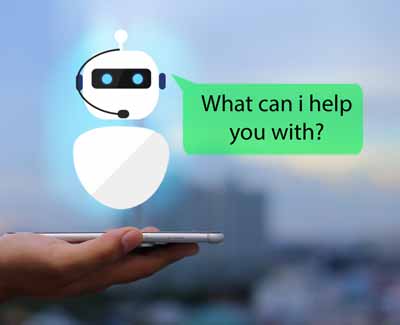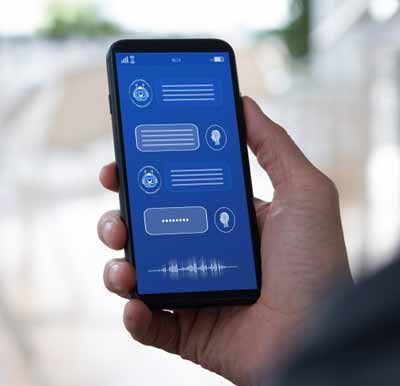Conversational Artificial Intelligence (AI) is a sub-field of machine learning that involves the development of computer systems that are able to process natural language. Conversational AI is similar to natural language processing but differs in its focus on social interaction between humans and computers.
What Does Conversational AI Do?

Conversational AI can be used to improve machine learning models by removing ambiguity in natural language processing. Social and emotional context can be used to improve computerized search results, product recommendations, and medical diagnosis.
1. Machines Can Understand Human Language
In conversational AI systems, humans and computers converse in a natural way. This enables machines to learn from the behavior of individuals rather than from a group’s average response, which is often used in machine learning today. It also prevents rigid decision-making processes resulting from algorithms trained using standard voice recognition software without human input or feedback.
2. Check if you’re responding to the Right Answer
Conversational AIs can leverage human understanding and expression of emotion, as well as context and flexible decision-making by allowing machines to read between the lines. If a computer program has learned an incorrect response from its use for some reason (e.g., It’s illogical), it can be corrected with immediate effect simply by asking another question.
3. Improved Accuracy through Error Correction
Computers can correct their own mistakes in a way similar to humans. By being able to think about the context of the events it has experienced before while also remembering what other people have said, conversational AI machines are better suited at understanding spoken language and removing ambiguity from its interpretation.
4. Machines Use More Precise Messaging
This type of program can easily interpret both verbal and non-verbal clues that human beings often take into consideration when talking with one another.
5. More perceptive message receivers

Via Neural Conversations like AISM, the real diversity of human society is once again brought to light by the compassion and empathy found in many interactions. Some people are simply too insane who reach out on multiple social media platforms, calling for mass executions due to their own biases against certain personalities, backgrounds, or religions, like Alt-Right trolls (some of whom got here through Redid/4chan).
6. Enhanced ability to intelligently analyze conversation context
Corporations are now able prone to refine their customer service through AI, which can act as a kind of personal assistant that is more efficient than a human agent.
7. Fast parroting & memorization capabilities are better than ever
By simply copying what you heard and putting it to memory, we’re never going back to relying on human agents who work for their paycheck instead of the satisfaction that comes from contributing in a meaningful way.
Conclusion
The conversational AI is the future of AI. There are different types of chatbots and conversational AI, such as NLP (Natural Language Processing), Machine Learning, Deep Learning, etc. We hope you enjoyed this blog post and that it was helpful. If you would like to share it with your friends, please feel free to do so. If you have any questions or comments, please let us know in the comments below.
